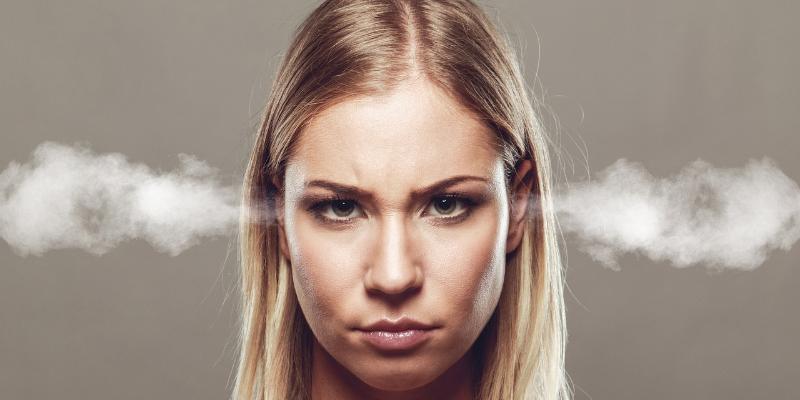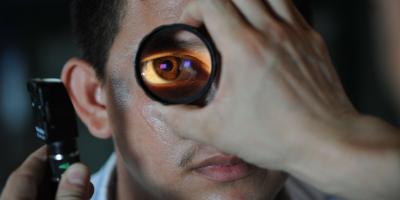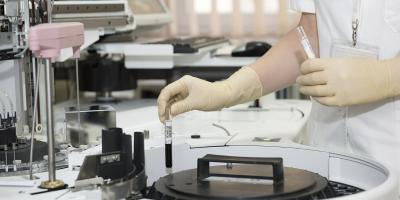Girls and young women shouldn’t neglect heavy menstrual pains – in some cases, they may be a symptom of endometriosis, a dangerous and chronic disease. Early diagnosis helps to ease troubles and avoid many complications.
Most often, women at the age of 25-35 suffer from endometriosis, but its first symptoms might appear when they are teenagers, together with their first periods. Some of them suffer from heavy menstrual pains, but they are led to believe that “women have it." They hear that they need to come to terms with this – that menstrual periods are not a disease after all.
However, painful menstrual periods in some women are a symptom of a serious disease. It can’t be disregarded. Joanna Pabich-Worożbit, MD, from the II Obstetrics and Gynecology Clinic at The Centre of Postgraduate Medical Education in Warsaw tries to convince people about this – “every chronic pain during a menstrual period is alarming. When a teenage girl reports to the doctor with such complaints, one should suspect endometriosis".
A MESS IN THE ABDOMINAL CAVITY
What does this disease consist of? It is caused by uterus mucous membrane growth (so-called endometrium,)which flourishes outside the uterine cavity, into other parts of the body. Its focusses spread to the ovaries and other organs of the lower pelvis. The causes of this process are unknown. Prof. Włodzimierz Baranowski, the Head of the Genecology and Oncological Gynaecology Clinic at the Military Institute of Medicine claims that the mucous membrane cells which are outside the uterine are destroyed by the immunological system in the case of healthy women, but they are tolerated in the case of sick women.
As a result, irregular cell grafts appear in different organs. They lead to inflammation and then result in constantly growing adhesions which then lead to irreversible tissue fibrosis and deformation and the binding of uterus organs. The fallopian tubes adhere to the intestines and the uterus, the adnexa of the uterus adhere to the uterus, and the bladder to the intestines. Tarry cysts filled with old blood grow on the ovaries, and they can be of 10 cm in diameter.
The symptoms of these changes are pains in the lower pelvis and lower abdomen. They are usually stronger than menstrual pains and can appear during the menstrual period or a few days before. They should never be tolerated. It is advised to consult a doctor, especially when the periods are heavy and so-called breakthrough bleedings appear.
PROBLEMS WITH DIAGNOSTICS
Diagnosing endometriosis is difficult, even for specialists. Doctors make the wrong diagnosis because they confuse endometriosis with adnexitis, irritable bowel syndrome or other diseases.
The reasons for this are “nonspecific" complaints caused by this disease, such as pain in the pelvic and axil areas, which can radiate to the rectum. Some women complain about painful sexual relations, and feel pain when defecating and urinating.
Endometriosis often has an individual course, and to make diagnosis more difficult – some women do not suffer from any symptoms. The best way to confirm this diagnosis is to make a low-invasive laparoscopic test with the use of endoscopic apparatus, which is used during surgical procedures.
Let’s add that this is not a rare disease. According to data published in the USA, it appears in one out of 10 women of child-bearing age. These are only the cases of already diagnosed disease. In the world, there may be 200 mln women suffering from endometriosis, and 1 mln in Poland.









Comments (0)